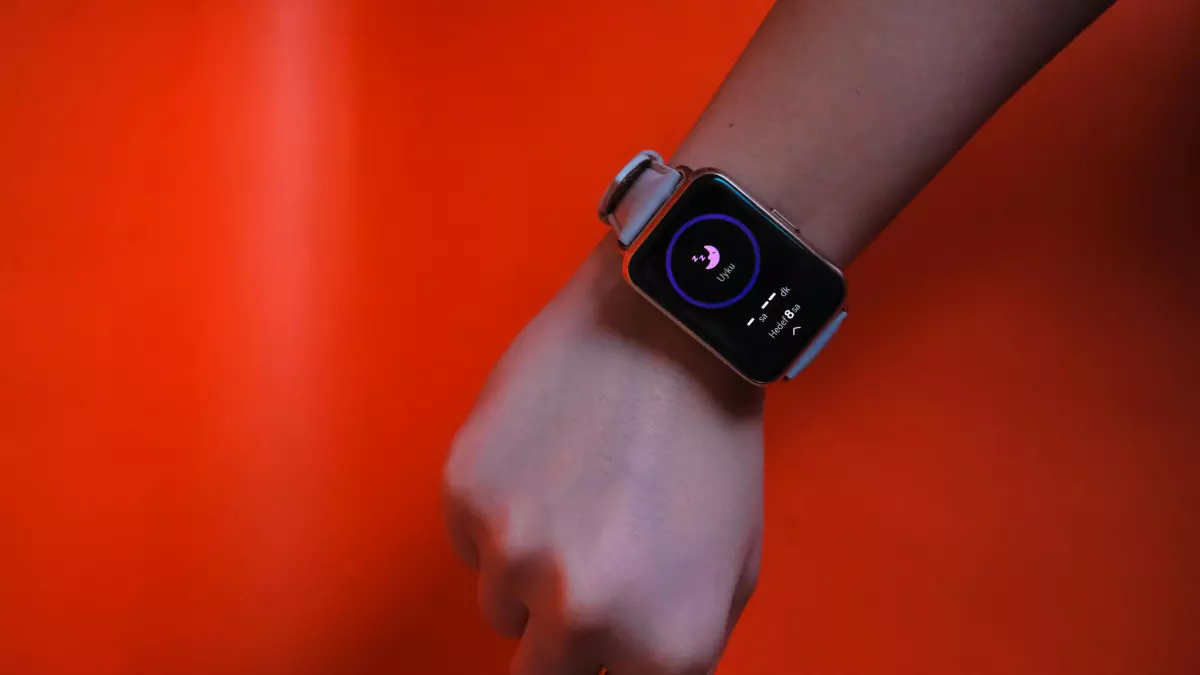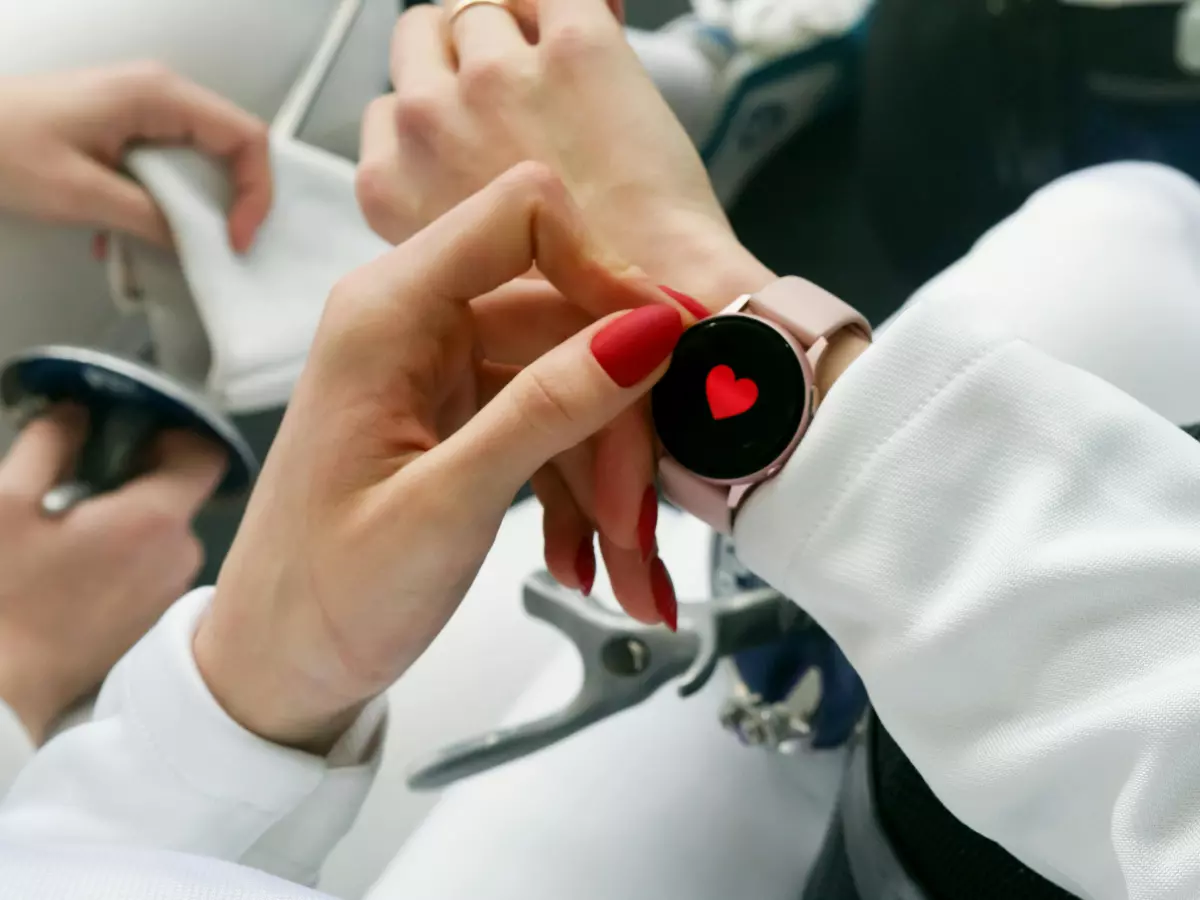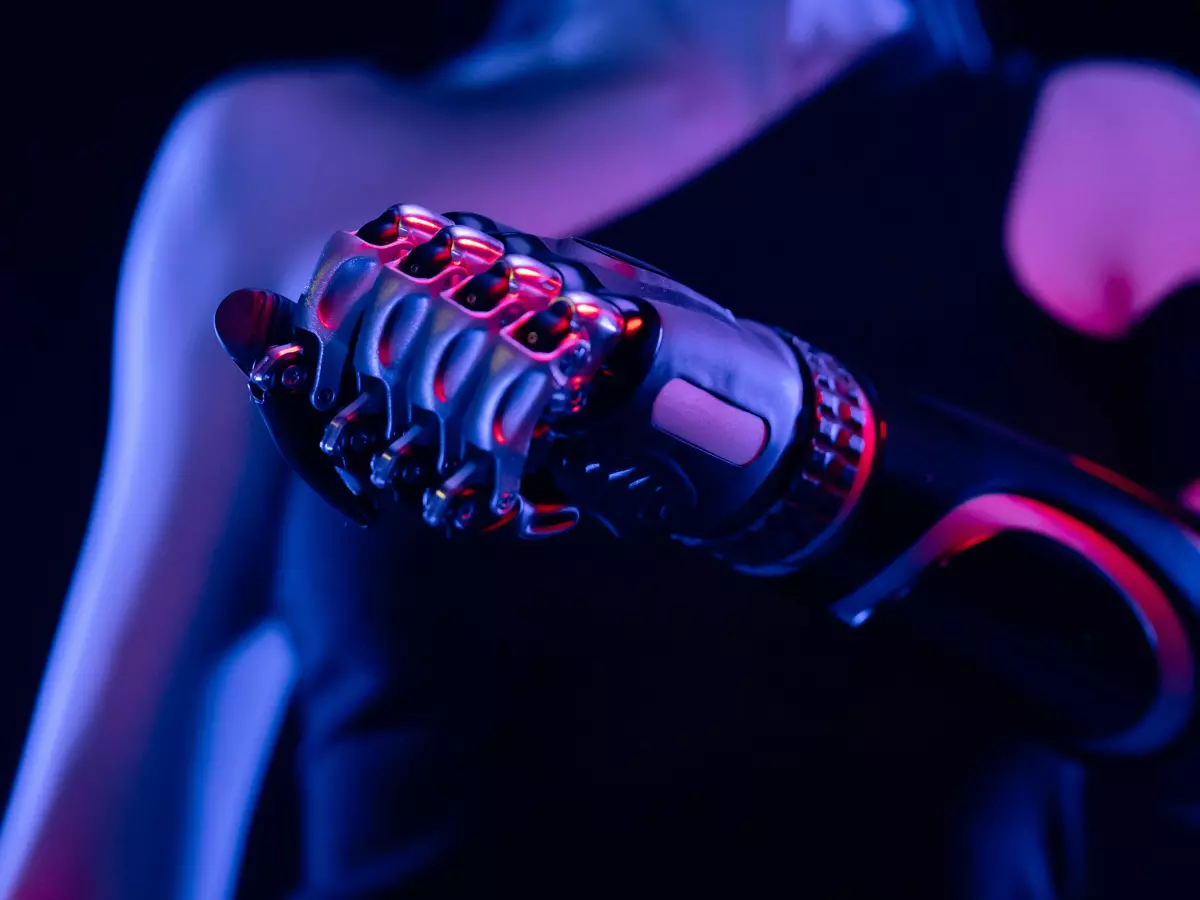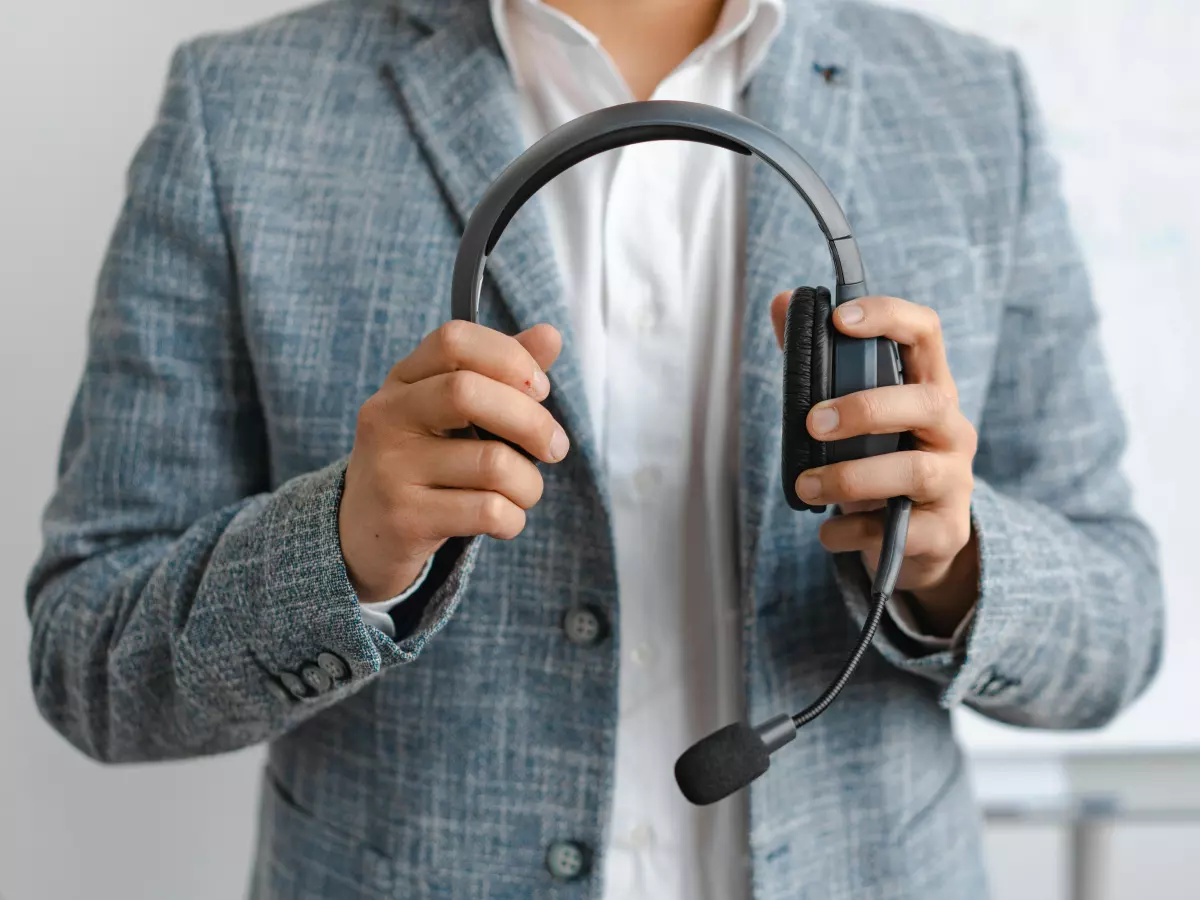Wearables: The Balancing Act
Ever wondered how your smartwatch juggles all those sensors, apps, and notifications without burning through its battery in a few hours? It’s not magic—it’s a delicate dance between hardware and software, and the choreography is more complex than you might think.

By Laura Mendes
Wearables are like tiny tech superheroes strapped to your wrist, chest, or even your shoes. They’re packed with sensors that track everything from your heart rate to your steps, and they’re powered by software that interprets all that data and gives you actionable insights. But here’s the kicker: sensors and software don’t always play nice together. In fact, they can be downright power-hungry, which is why wearable manufacturers have to get creative to keep your device running smoothly.
The Sensor Overload
Let’s start with the sensors. Wearables are loaded with a variety of sensors, each designed to capture specific data. You’ve got accelerometers to track movement, gyroscopes to measure orientation, heart rate monitors, GPS for location tracking, and even SpO2 sensors to measure blood oxygen levels. That’s a lot of data being collected in real-time, and each sensor requires power to operate.
Here’s the problem: the more sensors you have, the more power you need. And while sensors themselves are getting smaller and more efficient, they still need to be managed carefully to avoid draining the battery. This is where software comes in.
Software: The Brain Behind the Brawn
Software is the unsung hero of wearables. It’s what makes sense of all the raw data your sensors collect. But it’s not just about crunching numbers—software also plays a critical role in managing power consumption.
For example, many wearables use algorithms to decide when to activate certain sensors. If you’re sitting still, your wearable might decide to turn off the accelerometer to save power. Similarly, GPS might only be activated when you’re outdoors and moving. This kind of smart sensor management is crucial for extending battery life.
But software does more than just manage sensors—it also optimizes how data is processed. Instead of constantly sending data to the cloud for analysis, many wearables now process data locally, on the device itself. This reduces the need for constant wireless communication, which can be a major battery drain.
Battery Life: The Ultimate Challenge
Ah, battery life—the Achilles' heel of wearables. No matter how advanced your sensors and software are, they’re all useless if your battery dies halfway through the day. So how do wearables manage to keep running despite all the demands placed on them?
One trick is to use low-power processors that are specifically designed for wearables. These processors are optimized for tasks like sensor management and data processing, allowing them to perform complex calculations without using much power.
Another strategy is to use energy-efficient communication protocols like Bluetooth Low Energy (BLE). BLE allows wearables to communicate with your smartphone or other devices without using a ton of power. And let’s not forget about battery-saving modes, which can temporarily disable non-essential features to conserve power.
Integration: The Secret Sauce
Here’s where things get really interesting: the real magic of wearables lies in how sensors, software, and battery management all work together. It’s not enough to have great sensors or efficient software—you need both to be tightly integrated for the best performance.
For example, some wearables use machine learning algorithms to predict your behavior and adjust sensor usage accordingly. If your wearable knows you’re about to go for a run, it might preemptively activate the GPS and heart rate monitor, while turning off other sensors that aren’t needed. This kind of predictive sensor management can significantly extend battery life.
Software updates also play a crucial role in improving performance. Manufacturers are constantly tweaking their algorithms to make sensors more efficient and to optimize battery usage. So even if your wearable is a year or two old, a software update can give it a new lease on life.
The Future of Wearables
So, what’s next for wearables? As sensors become more advanced and software gets smarter, we can expect wearables to become even more efficient. Future devices might use AI to predict not just your behavior, but also your energy needs, adjusting sensor usage and power consumption in real-time.
We might also see wearables that can harvest energy from your body heat or movement, reducing the need for traditional batteries altogether. Imagine a smartwatch that never needs to be charged because it’s powered by your own body—sounds like science fiction, but it’s closer than you think.
In the meantime, wearable manufacturers will continue to refine the balance between sensors, software, and battery life. It’s a tricky balancing act, but one that’s essential for the future of wearable technology.




